This is a broad medium triangular deep corner notch point with an elliptical to flattened cross section. The blade is broad and is most commonly excurvate. Some examples may range from straight, slightly incurvate, or recurvate, especially on re-sharpened examples. Deep notches enter from the corner of the blade forming long barbs that may terminate from square, rounded or a sharp barb tip Notches are enter at a 45 degree angle forming an expanding stem. The base may vary from concave to convex. This point has a random flaking pattern.
Size Measurements: Total Length - 45 to 90 mm, Stem Length - 9 to 11 mm, Width across barbs - 30 to 45 mm, Neck Width - 15 to 22 mm, Stem Width - 20 to 30 mm (Suhm and Krieger, 1954).
This point is primarily found in from the lower Pecos River valley through central Texas to the Brazo River valley to the central coastal regions. This point may be found into Louisiana, New Mexico, and southern Tamaulipas with decreased frequency. Bell (1958) places this type into eastern Oklahoma.
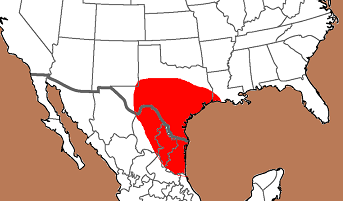
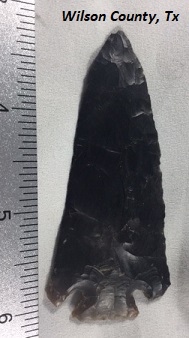
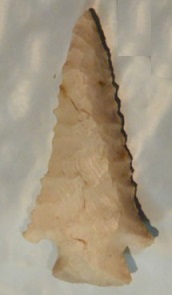
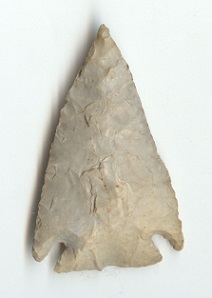
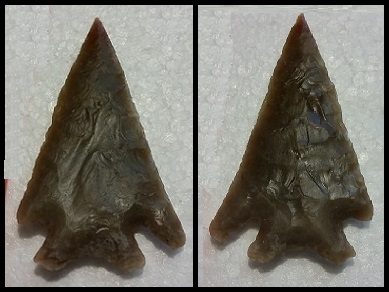
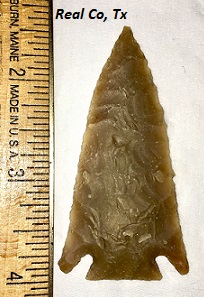
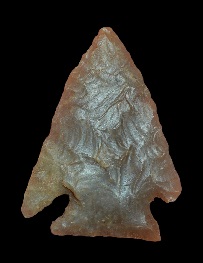
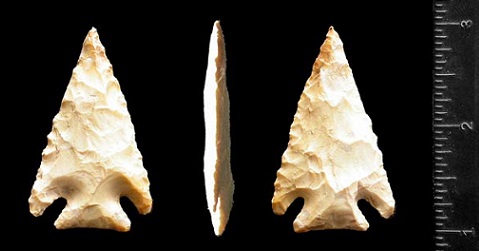
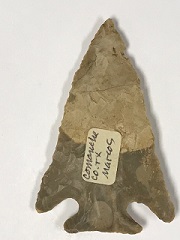
.jpg)
.jpg)
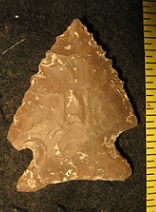
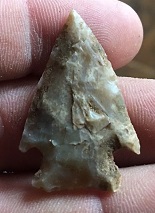
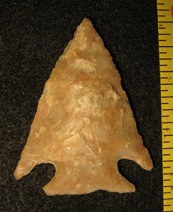
Suhm was an eminent Texas anthropologist who, among many distinguished positions, served as Director of Texas Archeological Research Laboratory. Krieger was a renowned anthropologist who spent most of his career in Texas cataloging projectile points and pottery in Texas before moving on to the University of Washington. Jelks was a distinguished anthropologist and helped organize the newly formed Department of Anthropology at Illinois State University where he was a Professor. His work in Texas furthered the understanding of Texas archeology and was a founding force for the Society of Historical Archeology. This type was named in a professional publication and subsequent book and has many professional references. This is a valid type.
.